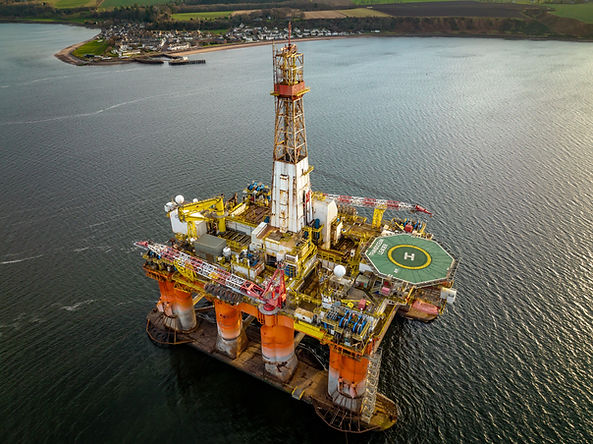
FAQ's
.jpg)
Questions and Answers Section
Experience and Expertise
Our FAQ's
Common cutting practices are:
• Mechanical cutting (diamond wire sawing, band saws, circular saws)
• Thermal cutting (oxy-fuel, plasma, and laser cutting)
• Abrasive cutting (grinders, waterjet cutting)
• Explosive cutting (used in controlled demolitions)
• Use protective gear (gloves, goggles, fire-resistant clothing)
• Adequate ventilation should be provided to control fumes
• Spark and debris control should be done to prevent fire hazards
• Adhere to lockout/tagout (LOTO) procedures to prevent accidental equipment triggering
Diamond wire saws – Applied to use with thick metal and concrete structures
Band saws – Best for slicing steel beams and pipes
Reciprocating saws – Suitable for limited cutting in multiple materials
Cold saws – Achieve clean cuts with little heat and high accuracy
Diamond wire saws or hydraulic shears are used for heavy pipes
Oxy-arc cutting diver-operated thermal cutting tools are used in deep water
Remotely operated vehicles (ROVs) cut in deep depths
Steel – Gives sparks and heat, requires cooling or special techniques
Concrete – Creates dust and requires powerful cutting tools
Composites – Brittle and should be cut with specialized blades so as not to break
Mechanical cutting uses sawing, grinding, or shears and does not generate intense heat.
Thermal cutting (laser, plasma, oxy-fuel) heats or melts through material to be quicker, but also in need of heat-resistant precautions.
Diamond wire sawing is appropriate for:
Cutting thick metal or concrete where precision is needed
Underwater cutting
Low-vibration use to avoid structure damage
Reduces worker exposure to hazardous conditions
Increases cutting speed and precision
Enables cutting in constrained areas or underwater without the use of divers
Advantages: Rapid, efficient on thick metals, minimal waste
Constraints: Creates heat, requires ventilation, can't be used on all materials
Cold cutting prevents heat destruction or explosions
Precise cutting reduces waste
Able to cut different materials (metals, composites, concrete)
Thermal cutting produces fumes and heat, requiring ventilation
Mechanical cutting generates dust, requiring water suppression
Underwater cutting can disturb marine ecosystems, requiring steps to reduce it
Water suppression systems decrease dust
Fume extractors remove hazardous fumes
Fire blankets hold back sparks in enclosed spaces
Purging pipes with inert gas prior to cutting
Cold-cutting techniques such as waterjet cutting
Having fire extinguishers and emergency response on hand on site
Utilize remote-controlled cutting equipment to keep exposure low
Cut in controlled environments with appropriate containment
Follow strict decontamination and disposal protocols
Diamond wire or waterjet cutting, which produce lower vibration
Use of sound barriers in controlled environments
Work at times of low impact in populated regions
Pipeline & Offshore Cutting
Diver-cutting (oxy-arc or hydraulic saws)
ROV-mounted saws for deep water application
Diamond wire saws for cutting precision
Protection of sediment from disturbance to prevent harm to marine life
Pre-cut leak monitoring
Undercutting to prevent collapse
Hydraulic shears for clean, high-power cuts
Plasma cutters for quick cutting metal
Diamond wire saws for low-impact, precise cuts
Using insulated tools to prevent electric shoc
Wearing specialized dive suits for protection
Following buddy system protocols for emergency assistance
Explosive cutting in massive demolitions
Abrasive waterjet cutting in sensitive or dangerous materials
ROV-facilitated cutting when divers cannot work safely
